In the rapidly evolving world of artificial intelligence, evaluating the safety measures and risk rankings of top AI companies has become crucial. As powerful AI systems proliferate, the need for robust safety protocols intensifies. Recent assessments shed light on which industry players are leading the charge in ensuring AI safety, and which ones are lagging behind, highlighting the importance of accountability and transparency in technology development. With the stakes higher than ever, understanding how these companies manage potential harmful impacts is essential for a secure future.
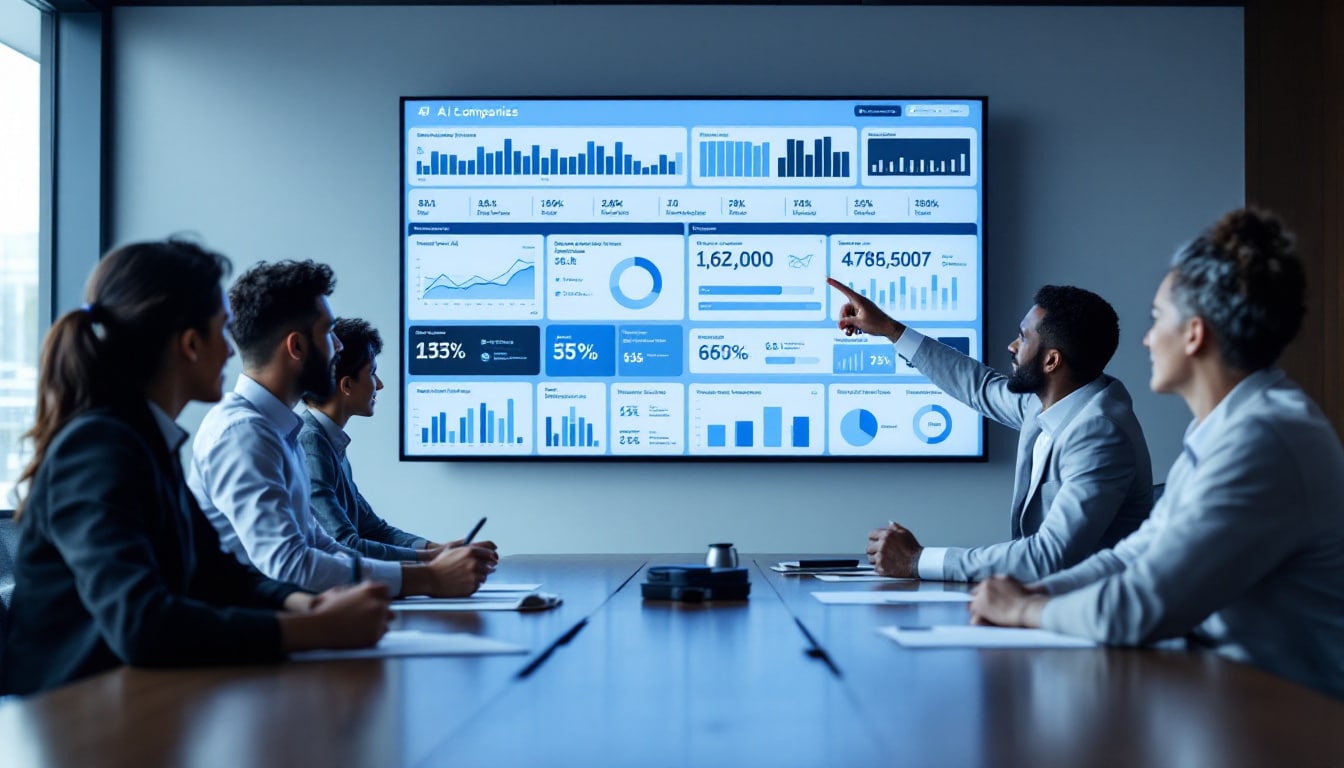
In the rapidly evolving world of Artificial Intelligence (AI), ensuring safety amidst innovation is becoming a pressing issue. Recent evaluations have shed light on the risks associated with major AI companies, highlighting discrepancies in their safety measures. Companies like Meta, OpenAI, and Anthropic have been scrutinized for their approaches to risk management, revealing a landscape where many are found wanting in terms of responsibility and adherence to safety protocols. This article explores the findings of the Future of Life Institute, shedding light on how these tech giants rank in terms of safety.
The AI Safety Index Report
Released by the Future of Life Institute, a non-profit organization aiming to mitigate global catastrophic risks, the AI Safety Index serves as a pivotal resource in understanding how leading AI developers are managing safety concerns. The report evaluates several companies, including OpenAI, Meta, and Anthropic, across multiple dimensions of risk management.
Methodology of Evaluation
A panel of esteemed experts, including Turing Award laureate Yoshua Bengio, rigorously assessed these companies based on six critical parameters: risk assessment, current harms, safety frameworks, existential safety strategy, governance & accountability, and transparency & communication. Their findings are invaluable as they highlight potential harms associated with AI technology, from environmental impacts to the risk of malicious misuse of AI systems.
Key Findings and Rankings
The results of the AI Safety Index have revealed disturbing truths about the state of AI safety across top companies. Meta, despite proclaiming a “responsible” approach, received the lowest score, earning an F-grade overall. Similarly, X.AI, the company founded by Elon Musk, received a D- grade.
In contrast, Anthropic emerged as a leading player in AI safety with a C grade, showcasing a firm commitment to embedding safety in its core operations. However, even their score indicates that substantial improvements are needed industry-wide.
The Vulnerability of AI Models
One of the most alarming insights from the report is that flagship models from all assessed companies showed vulnerabilities to what are known as “jailbreaks”. These tactics can bypass safety protocols, raising questions about the reliability of current systems. The panel emphasized that existing strategies are insufficient for ensuring that future AI systems remain safe and under human control, especially those that could potentially rival human intelligence.
The Call for Independent Oversight
Experts, including Tegan Maharaj, advocate for independent oversight to ensure that safety measures aren’t merely superficial. The need for rigorous accountability is underscored by examples of companies like Zhipu AI, Meta, and X.AI failing basic risk assessments, despite the availability of existing guidelines that could be adopted.
Moreover, as the field of AI continues to grow, so does the complexity of the models being developed. Stuart Russell from the University of California, Berkeley commented on the challenge of guaranteeing safety, given the present methods of training AI systems using massive datasets encapsulated in a “black box.”
The Importance of Accountability in AI Development
Amidst these challenges, the AI Safety Index stands as a significant step toward establishing accountability among AI developers. By promoting transparency and encouraging best practices, the Institute hopes to inspire organizations to adopt more stringent safety measures in their AI development processes. The findings serve as a catalyst for companies to prioritize safety as they forge ahead in this innovative sector.
For organizations looking to bolster their defenses against AI-related risks, understanding the implications of this report is crucial. It can help inform strategies to manage security concerns effectively, ensuring that the benefits of AI development are not overshadowed by potential hazards. The push for a responsible AI landscape is more vital than ever, and initiatives like the AI Safety Index are paving the way to a safer future.
For more insights on AI security, check out these resources: Top 6 AI Security Risks, Largest AI Companies, AI in Healthcare, and ECRI Report on AI Hazards.
| AI Company | Risk Ranking |
| Meta | F-grade for safety measures |
| x.AI | D- grade overall |
| OpenAI | D+ grade for safety |
| Google DeepMind | D+ grade for risk management |
| Zhipu AI | D grade overall |
| Anthropic | C grade, highest among evaluated |
| Mistral AI | Very weak risk management |
| Overall Findings | Most companies show vulnerabilities |
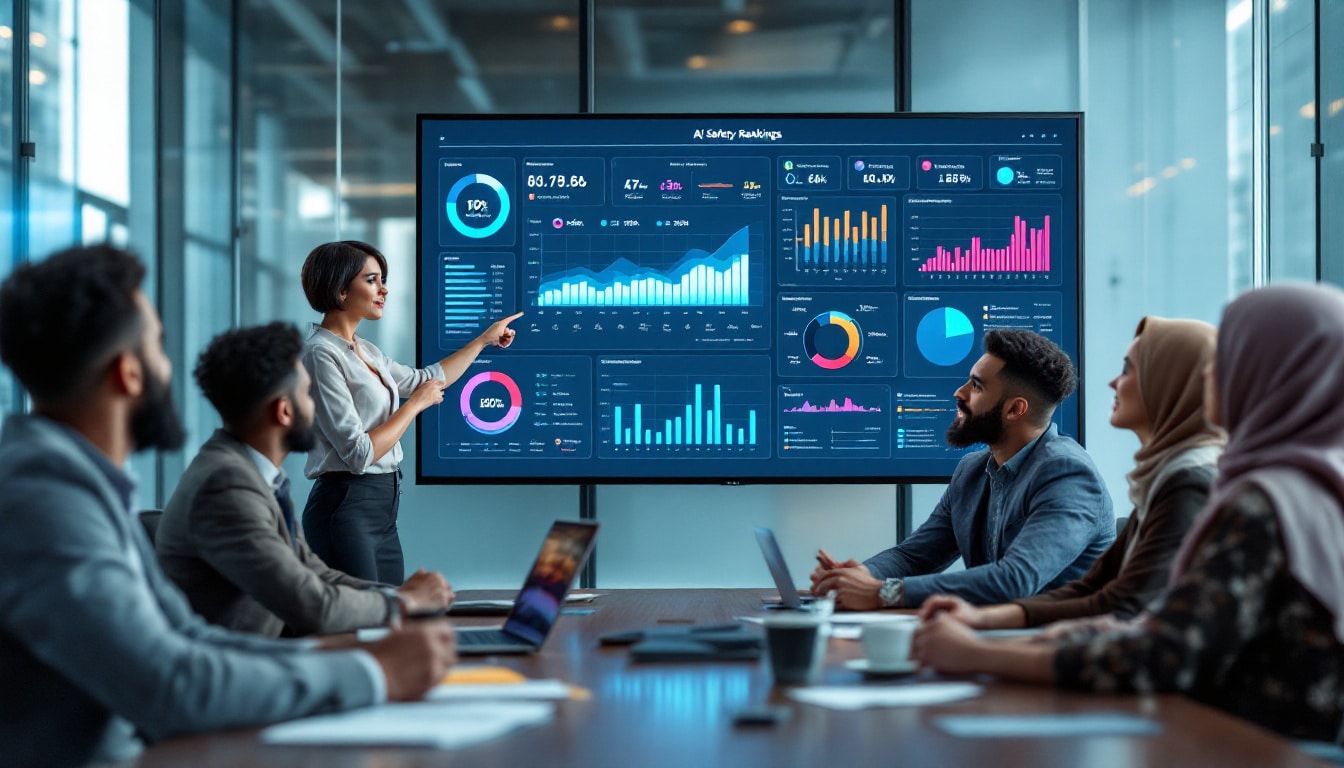
- Company: Anthropic
- Risk Ranking: C
- Company: Google DeepMind
- Risk Ranking: D+
- Company: OpenAI
- Risk Ranking: D+
- Company: Meta
- Risk Ranking: F
- Company: x.AI
- Risk Ranking: D-
- Company: Zhipu AI
- Risk Ranking: D
Frequently Asked Questions about AI Company Safety Rankings
What is the purpose of the AI Safety Index? The AI Safety Index aims to evaluate the safety measures adopted by leading AI companies and highlight their vulnerabilities.
Which organizations conducted the evaluation of AI companies? The evaluation was conducted by the Future of Life Institute, which comprises a panel of independent experts.
What were some of the criteria used to assess AI companies? The assessment evaluated companies in areas such as risk assessment, safety frameworks, and governance & accountability.
Which AI company received the highest grade? Anthropic, known for its chatbot Claude, received the highest ranking with a C grade.
Which companies were rated the lowest for their safety efforts? Both Meta and xAI received poor ratings, with Meta scoring an F-grade overall.
What did the report reveal about “jailbreak” vulnerabilities? The report found that all flagship models evaluated were vulnerable to “jailbreaks,” indicating weaknesses in their safety protocols.
What are some basic safety improvements mentioned in the report? It was noted that certain companies, like Zhipu AI and Meta, could employ existing guidelines to enhance their risk management approaches.
Why is independent oversight in AI safety considered important? Independent oversight is crucial as it holds companies accountable and ensures that companies do not self-regulate without proper scrutiny.
What is the main concern regarding the current approach to developing AI? The current development strategies primarily utilize massive data sets, which hinder the ability to guarantee safety in a quantitative manner.
How do the findings of this report impact the future of AI development? The findings emphasize the need for companies to adopt more responsible practices and improve their safety measures to mitigate potential risks.
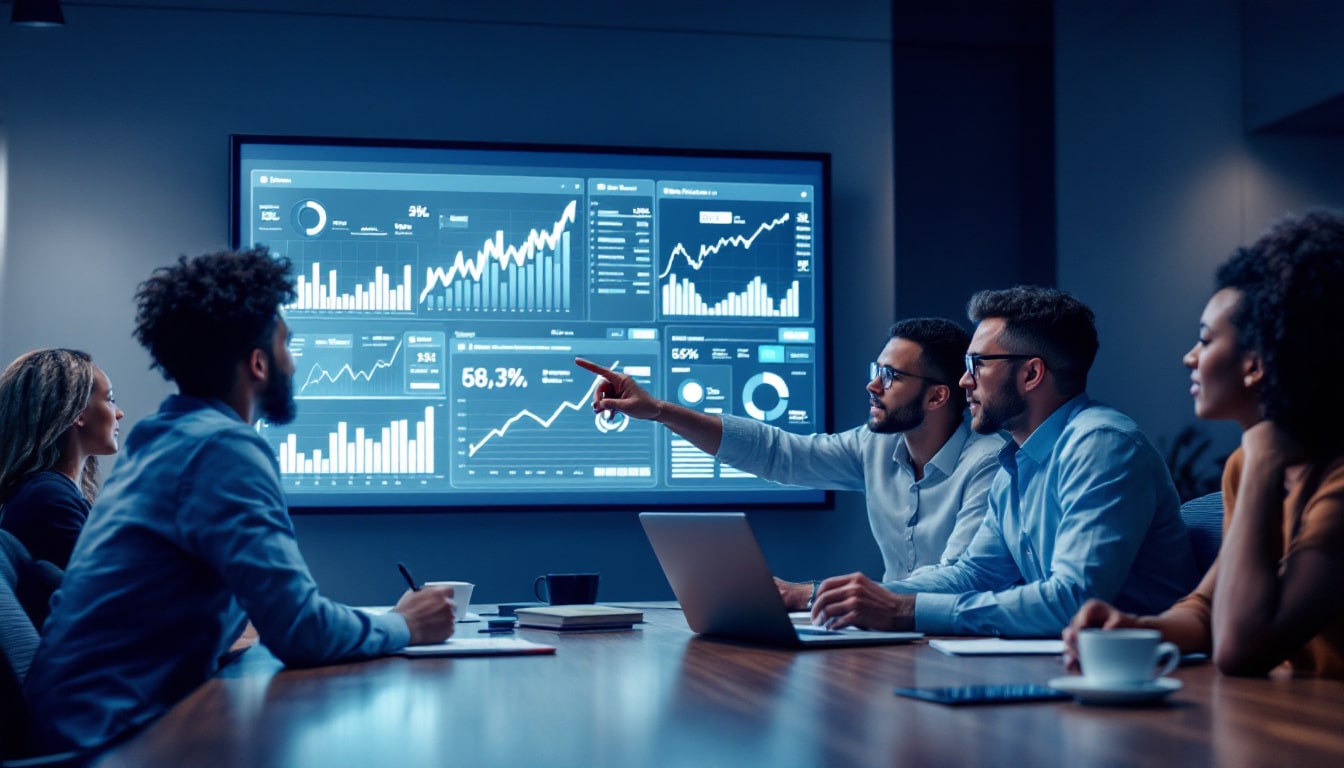
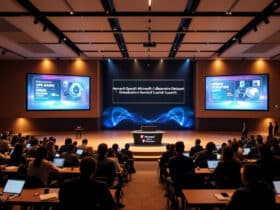
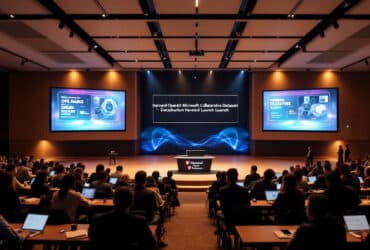
Leave a Reply